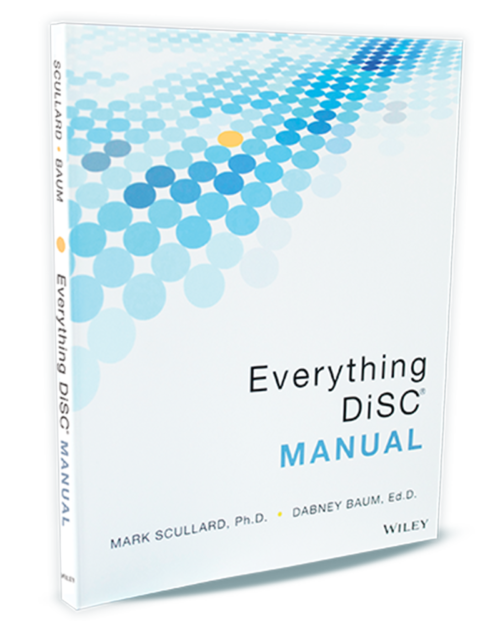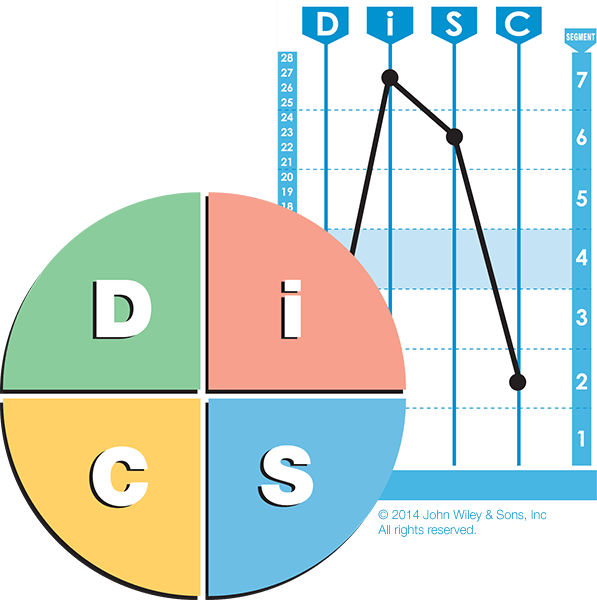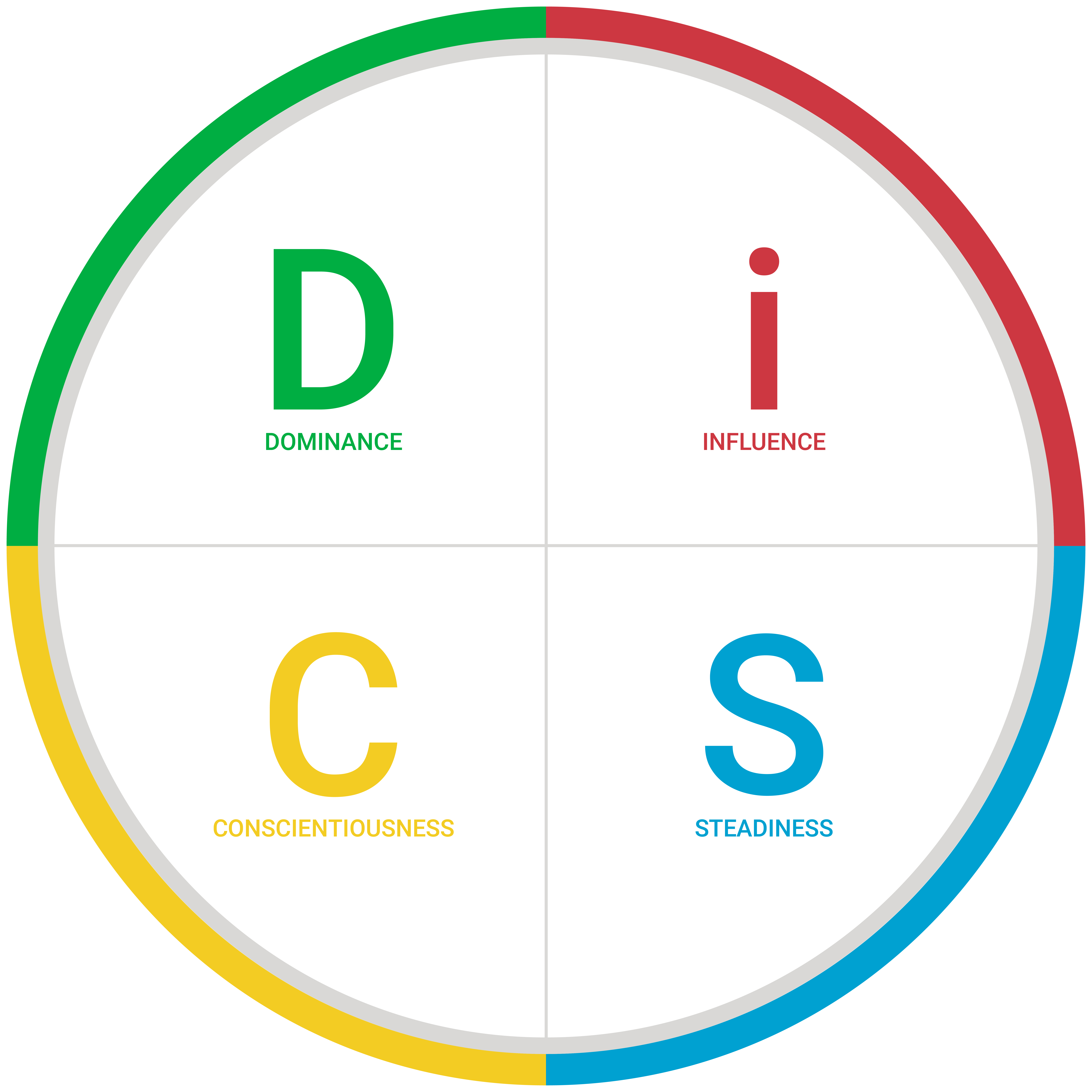-
 Award your class participants, celebrate their “graduation” from a DiSC learning program, or spread the word about DiSC throughout the organization with this Everything DiSC mug. These 12-ounce coffee mugs display the Everything DiSC logo on one side of the mug, and a brief description of each DiSC style on the other side. Sold in sets of four.
Award your class participants, celebrate their “graduation” from a DiSC learning program, or spread the word about DiSC throughout the organization with this Everything DiSC mug. These 12-ounce coffee mugs display the Everything DiSC logo on one side of the mug, and a brief description of each DiSC style on the other side. Sold in sets of four. -
 These magnetic tags can be used again and again as a fun part of your DiSC® training. Use as an ice breaker. Have participants pick the one Need Tag that best represents what they need from others. Quickly have people go around and share their pick and why. The tags attach with two powerful magnets, meaning you can use them at multiple trainings. Or participants can take them back to their desks and wear them at the office. Choose from the following tags or select a starter pack with all 12:
These magnetic tags can be used again and again as a fun part of your DiSC® training. Use as an ice breaker. Have participants pick the one Need Tag that best represents what they need from others. Quickly have people go around and share their pick and why. The tags attach with two powerful magnets, meaning you can use them at multiple trainings. Or participants can take them back to their desks and wear them at the office. Choose from the following tags or select a starter pack with all 12:- Accuracy (C)
- Action (Di, iD)
- Challenge (CD, DC)
- Chocolate
- Coffee
- Collaboration (iS, Si)
- Enthusiasm (i)
- Happy Hour
- Results (D)
- Stability (CS, SC)
- Support (S)
- to be a Star
- Blank - Create your own!
-
 This comprehensive guide aids HR professionals and those in Learning & Development in developing all members of their organization become better managers, co-workers, sales people and leaders with the Everything DiSC assessment program. Written in easy to understand language yet, also with detailed supporting psychometric testing covering accuracy, reliability and consistency; this professional manual offers excellent support in delivering the suite of Everything DiSC assessments into any organization or to any individual. This soft-covered edition is 234 pages and covers all research and theory to give any trainer or coach an in-depth overview of the DiSC model and a variety of applications with examples. The table of contents includes:
This comprehensive guide aids HR professionals and those in Learning & Development in developing all members of their organization become better managers, co-workers, sales people and leaders with the Everything DiSC assessment program. Written in easy to understand language yet, also with detailed supporting psychometric testing covering accuracy, reliability and consistency; this professional manual offers excellent support in delivering the suite of Everything DiSC assessments into any organization or to any individual. This soft-covered edition is 234 pages and covers all research and theory to give any trainer or coach an in-depth overview of the DiSC model and a variety of applications with examples. The table of contents includes:- DiSC Overview and Theory
- Methodology of Development
- Administration and Scoring of the Assessment
- The DiSC Scales and Styles: Reliability and Validity
- Demographic Considerations
- The Everything DiSC Comparison Report
- Interpretation of Results
- Appendices












